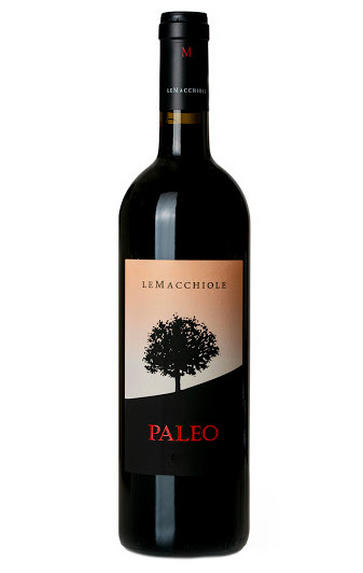
2013 Paleo, Le Macchiole, Tuscany, Italy
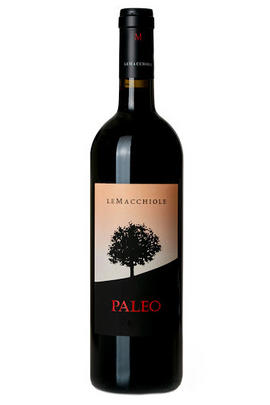
Critics reviews
Paleo is a pure expression of Cabernet Franc first made in 2001. The 2013 Paleo shows a soft and feminine side with rose petal, lavender, wet earth, rosemary and dark fruit. These are beautiful but unexpected qualities. The wine is ever so reflective of the grape variety, but it also does a great job of incorporating Tuscan ideals, with sunshine, grace and generosity among them. As you dig deeper, Paleo reveals more surprising layers. The finish is soft and slightly sweet. Paleo reveals something new each time you go back to the glass to take a new sip. This wine promises a long aging future.
Drink 2017-2037
Monica Larner, Wine Advocate, robertparker.com (Oct 2016)
About this WINE
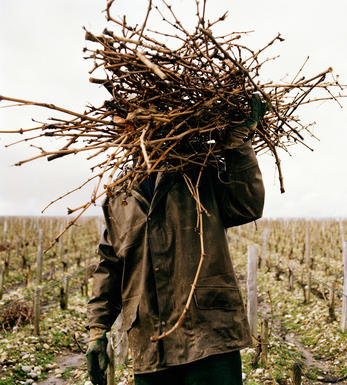
Le Macchiole
Le Macchiole was founded by local couple, restauranteurs Cinzia and Eugenio Campolmi in 1983. After Eugenio’s sudden death, the estate has been run by his wife Cinzia since 2002, and through sheer dedication, ambition and talent, she has brought the estate to be one of the most admired, respected and collectible of the region.
Their state-of-the-art cantina is located in the beating heart of Bolgheri, across the road from Ornellaia. They own 22 hectares; their original vineyards are some of the oldest in the region, adjoining the winery on the pianura (plain), which lies on diverse soils of clay, limestone and deep sand. Over the years, they have purchased the highly desirable high-side vineyards, which brings minerality and freshness to their complex, and increasingly famous mono-varietal blends.
Their organic and biodynamic management of the vineyards encourages biodiversity and incredible vine health and quality, resulting in highly expressive wines. Their careful selection of grape varieties, predominantly Cabernet Sauvignon, Merlot, Syrah and Cabernet Franc, are cultivated according to micro-climate and soil. This means their varietals are some of the purest and most detailed in the region.
Considered experimentation in the winery has also enabled Le Macchiole to position their wines stylistically away from many of the full-bodied, international blends of the region. The use of steel, concrete and amphora all play an active part in their blends, supporting the use of French oak barrique and tonneau. There is a signature freshness and elegance across the range, richly fruity yet expressive and flavourful. These are some of the highest awarded, treasured, and collectible in the region. Yet their Bolgheri Rosso remains a fantastic-value choice, for both drinking and medium-term cellaring.
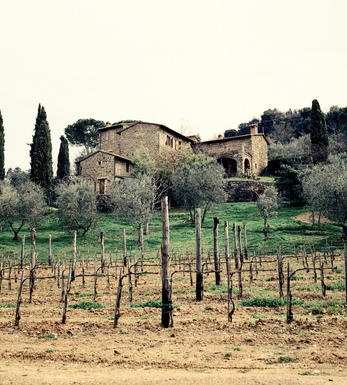
IGT Tuscany
IGT (Indicazione Geografica Tipica) Tuscany is a wine classification from Italy's Tuscany region. It is one of the official wine classifications recognized by the Italian government. IGT is a step below the highest classification, DOCG (Denominazione di Origine Controllata e Garantita), and above the DOC (Denominazione di Origine Controllata) level.
The IGT classification was introduced in 1992 to allow winemakers more flexibility in grape varieties and employ winemaking techniques while still ensuring a certain level of quality and geographical indication. This classification gives winemakers more freedom to experiment and innovate, deviating from the strict regulations of the DOC and DOCG classifications.
IGT Tuscany wines can be produced throughout the entire region of Tuscany, encompassing various sub-regions and terroirs within the area. This classification allows winemakers to use traditional Tuscan grape varieties, such as Sangiovese, and non-traditional grape varieties, including international ones like Cabernet Sauvignon, Merlot, Syrah, and others.
The IGT Tuscany classification gives winemakers the flexibility to create wines that showcase the unique characteristics of their specific vineyards and winemaking styles. It allows for experimentation with blending different grape varieties, using innovative winemaking techniques, and exploring new regional vineyard sites.
IGT Tuscany wines can vary greatly, from traditional and terroir-driven expressions to more modern and international styles. This classification has played a significant role in developing Super Tuscan wines, often IGT designated and known for their high quality and international recognition.
Overall, IGT Tuscany provides a platform for winemakers in the region to express their creativity and produce wines that reflect their unique vision while maintaining a connection to the rich heritage and traditions of winemaking in Tuscany.
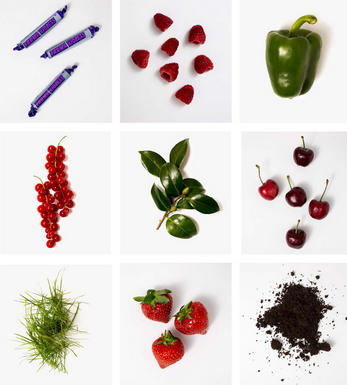
Cabernet Franc
Cabernet Franc is widely planted in Bordeaux and is the most important black grape grown in the Loire. In the Médoc it may constitute up to 15% of a typical vineyard - it is always blended with Cabernet Sauvignon and Merlot and is used to add bouquet and complexity to the wines. It is more widely used in St.Emilion where it adapts well to the cooler and moister clay soils - Cheval Blanc is the most famous Cabernet Franc wine in the world, with the final blend consisting of up to 65% of the grape.
Cabernet Franc thrives in the Loire where the cooler growing conditions serve to accentuate the grape's herbaceous, grassy, lead pencil aromas. The best wines come from the tuffeaux limestone slopes of Chinon and Bourgeil where growers such as Jacky Blot produce intense well-structured wines that possess excellent cellaring potential.


Buying options
Add to wishlist
Description
wine at a glance
Delivery and quality guarantee